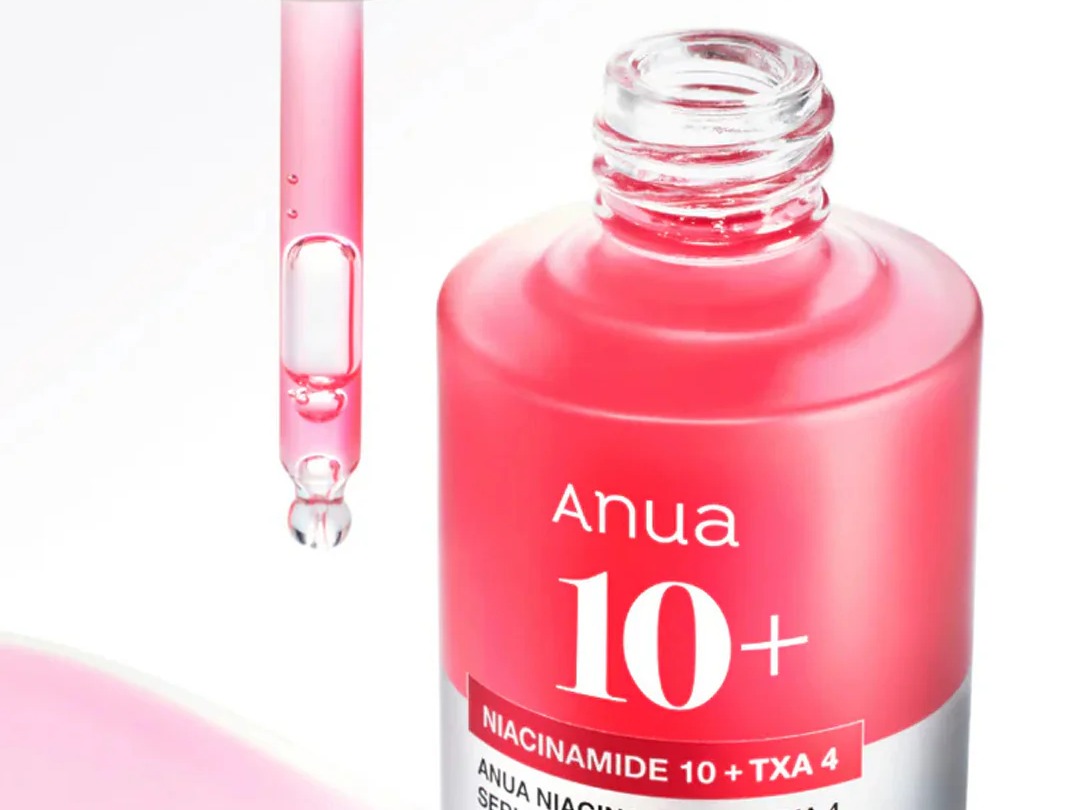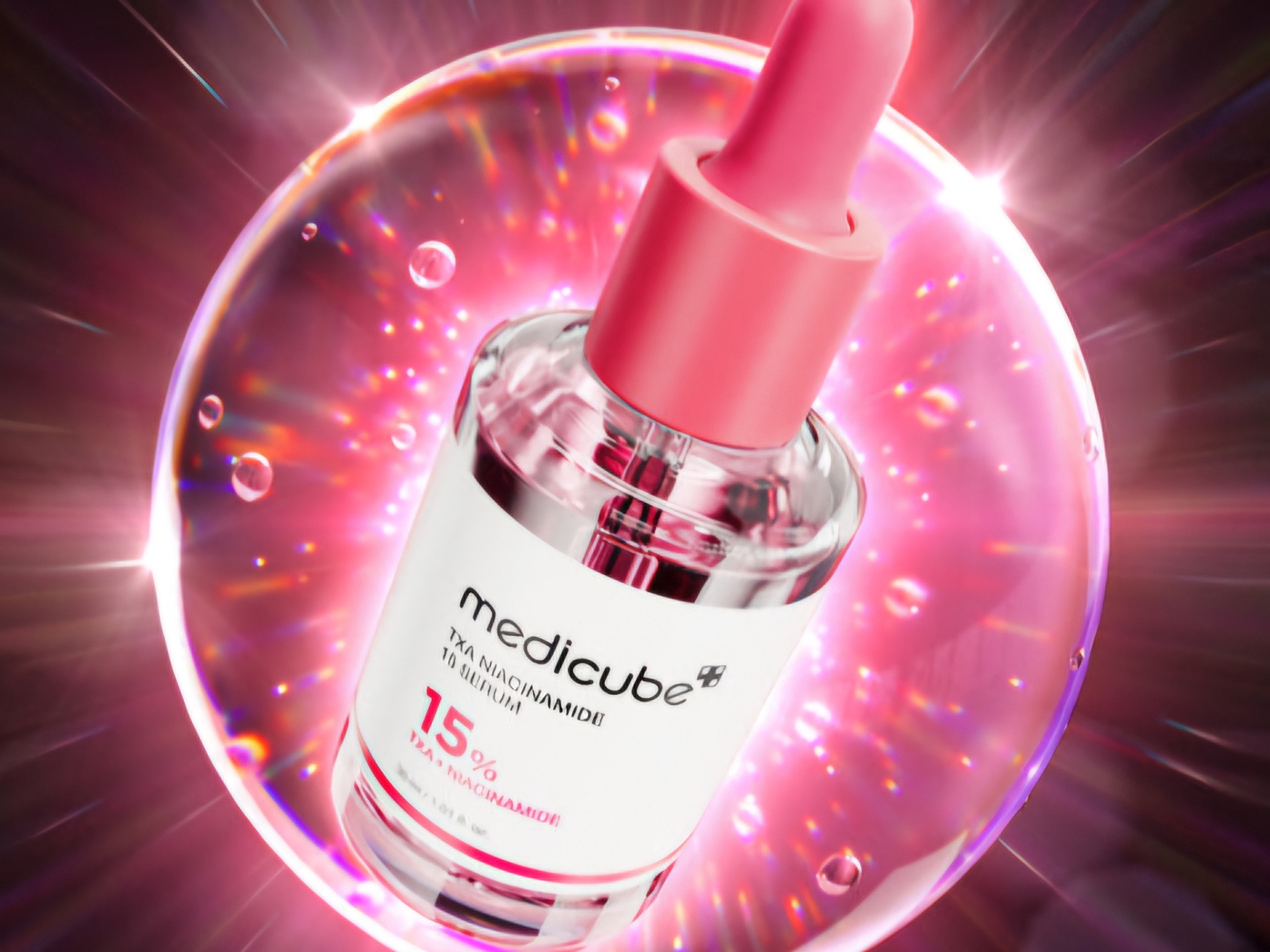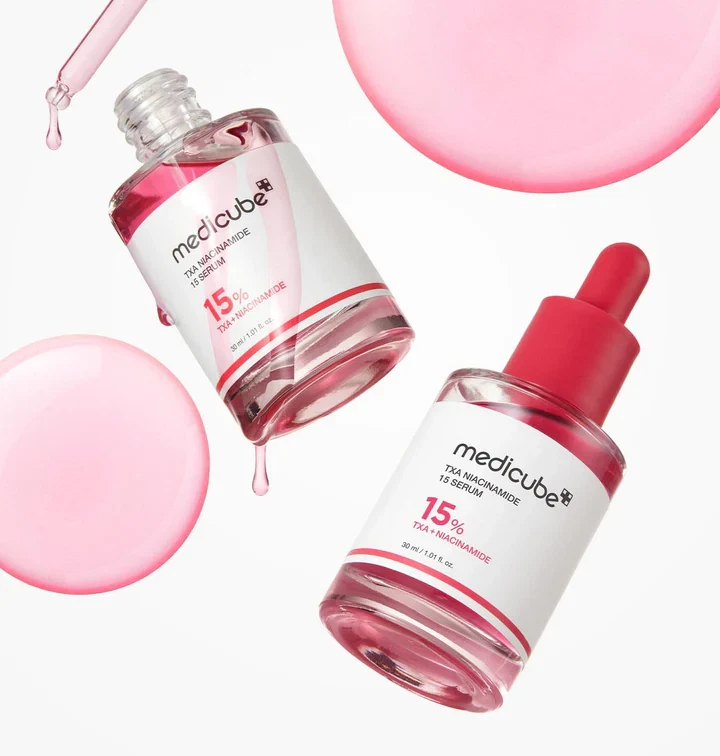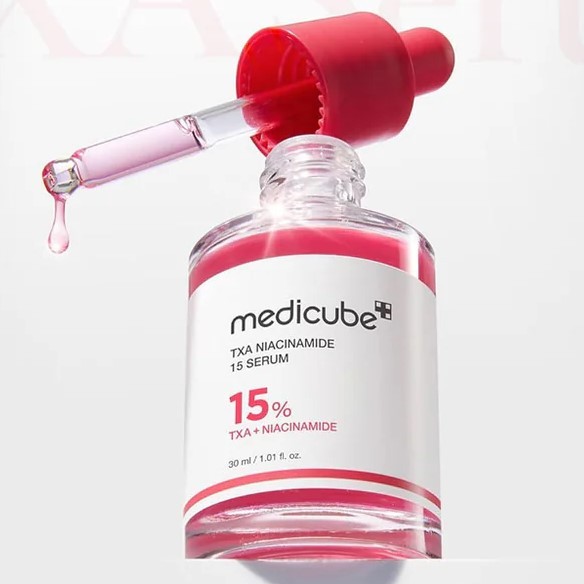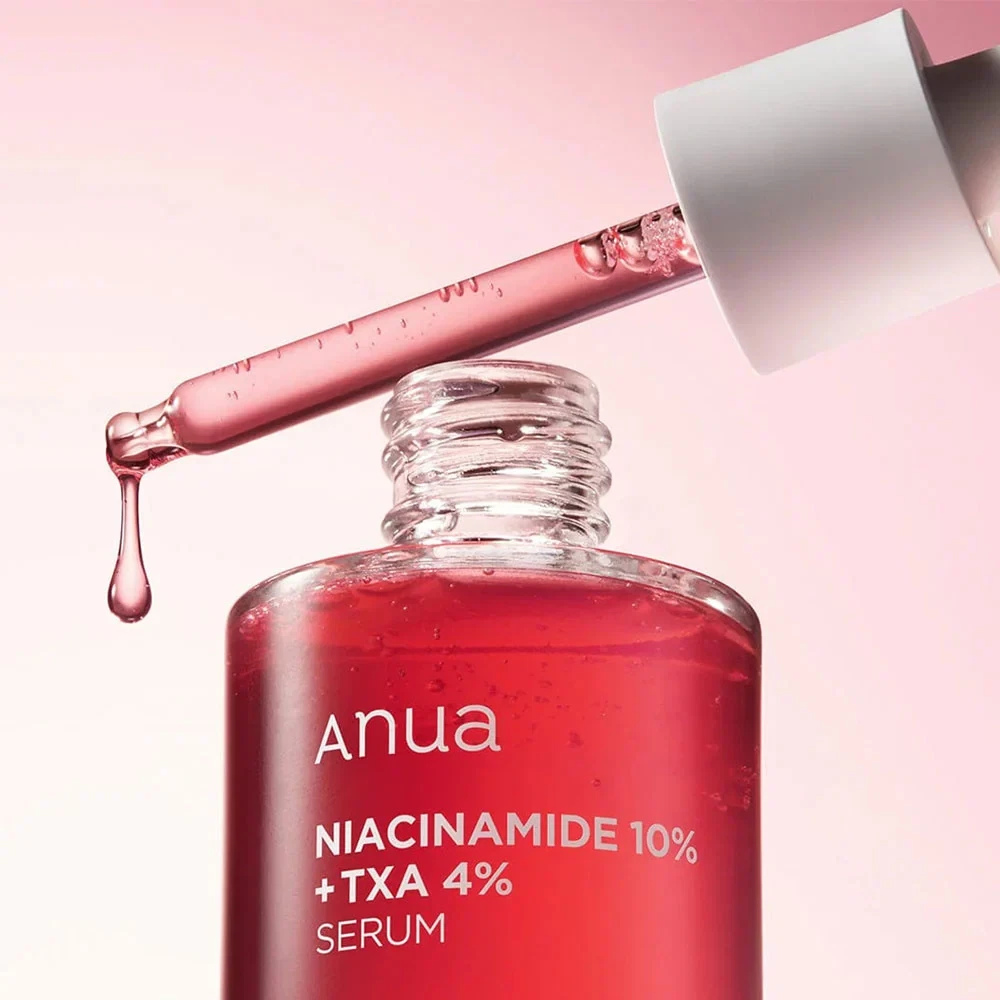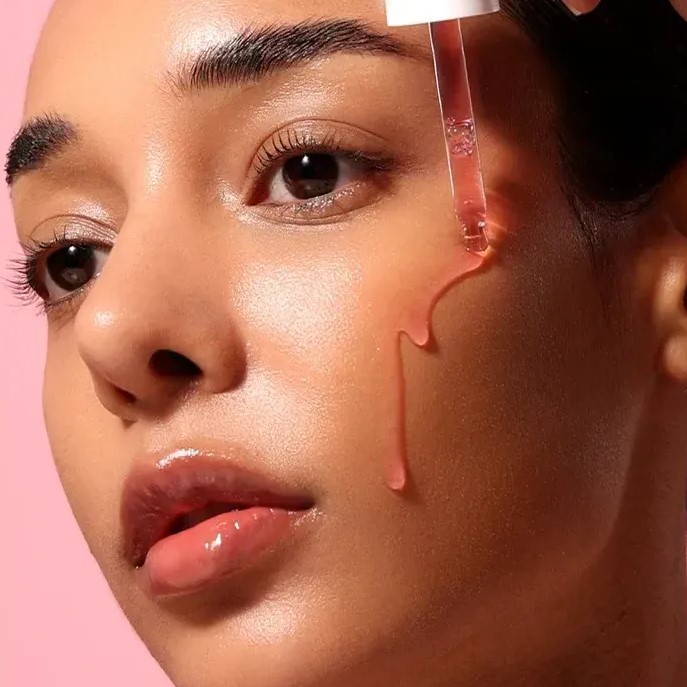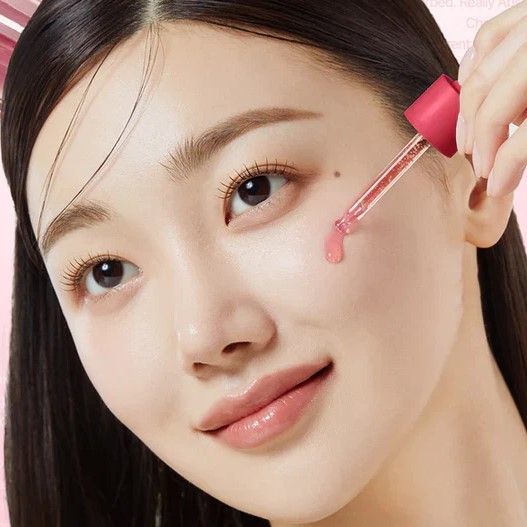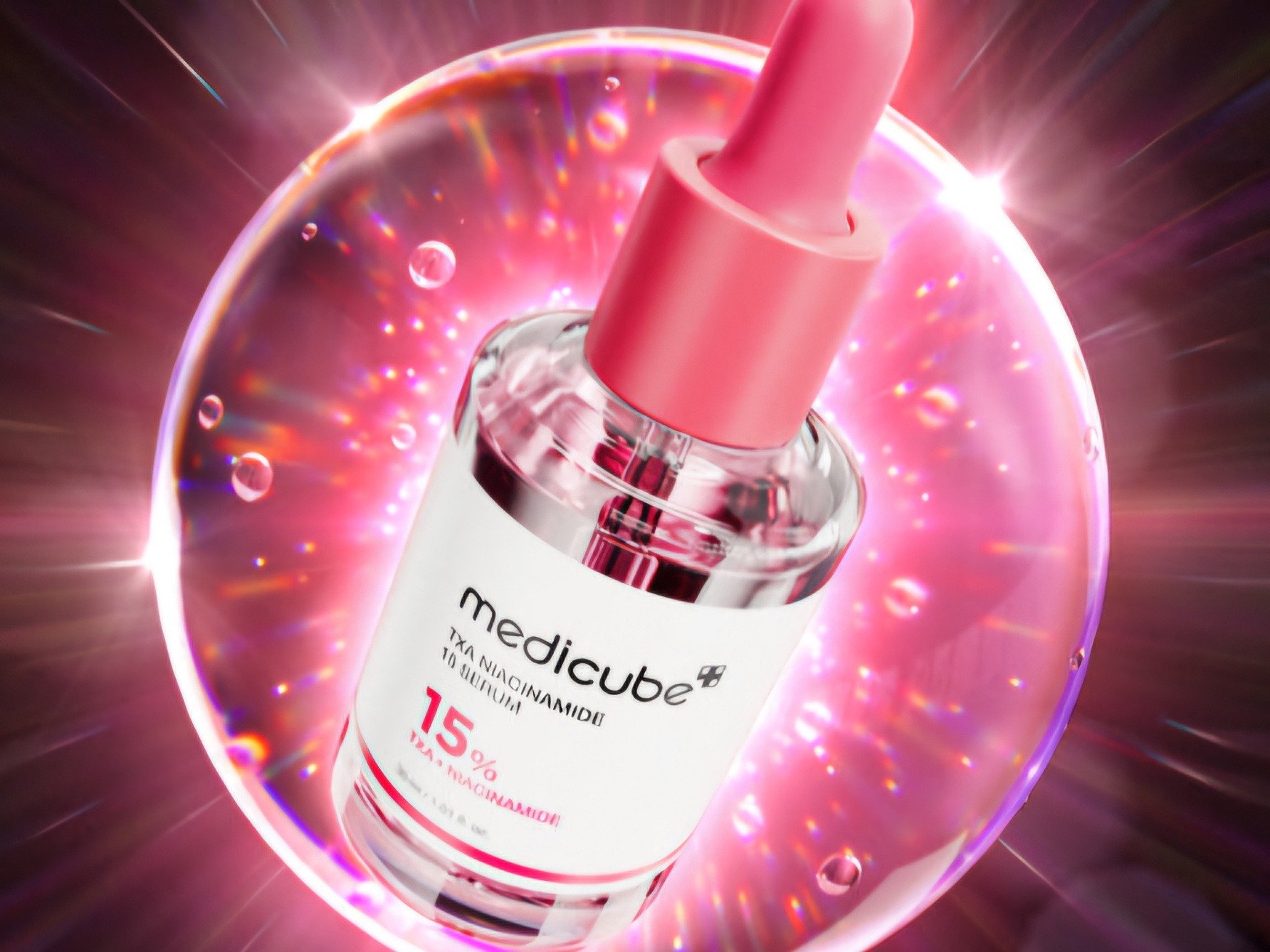
Battle of the Niacinamide – Anua vs Medicube – Which is the Best TXA/Niacinamide Combo?
In the early days of December 2023, Anua (a well-known Korean beauty company with a specialty for sensitive skin) released what would become their number 1 serum. The Anua Niacinamide 10% + TXA 4% serum. It came in a small, neon-pink serum bottle with the promise to clear hyperpigmentation, dark spots as well as brighten and hydrate skin. Just as the bottle said – it contained 10% brightening niacinamide, which imparts a soft and gold glow as well as tranexamic acid (4% - TXA) which reduces redness and inflammation to soothe and refresh skin tone. It rose to critical acclaim, has buzzing before and after pics and became a staple for glassy, clear skin due to its active ingredients.
Then, on the 30th of May 2025 (a full 7 months post Anua’s release) Medicube released their TXA Niacinamide 15 serum. With 10% niacinamide and 5% tranexamic acid – things were starting to look a little.... similar.
Not that Anua could do anything about it, of course, nobody has the ability to patent a simple combination of products; but down to the packaging, it was clear Medicube was out for a share of the profits. But it leaves us as a user to wonder – which one is better? Should we be sticking by Anua’s original formulation or did Medicube do something that makes a switch a good deal for us? Let’s break down both serums together – ingredients, benefits and cost – to crown one company the king of TXA/Niacinamide and end this once and for all.
What's the Formula?
Anua
Anua’s original formula list was always a chonker – with 50 ingredients to soothe, hydrate, brighten and refresh skin tone. Their main ingredients are obviously niacinamide, tranexamic acid as well as simple, hydrating glycerin. Mixed in they have arbutin (rice extract that stops pigment forming in skin) as well as madecassoside which also inhibits pigment and evens skin tone. It also includes various plant and flower extracts for antioxidants as well as 9 types of hyaluronic acid (hydrating) molecules along with polyglutamic acid (which holds up to 5 times the water weight of hyaluronic acid). The soft, pink color comes from ‘cyanocobalamin’ (Vitamin B12) which helps manage acne and boosts natural elasticity.
Medicube
Medicube has a slightly more slim ingredient list – with niacinamide, tranexamic acid and glycerin (of course). They’ve mixed it with arbutin (rice extract) to brighten skin tone. They also have various plant and flower extracts – along with 10 types of hyaluronic acid and cyanocobalamin. Sounding very familiar? It’s essentially a beat-for-beat formula, with less ingredients and also adding panthenol for hydration in place of Anua’s ceramides.
It seems we can agree that Medicube’s formulation is a copy of Anua’s. But, that is not necessarily a bad thing. Having alternatives we can pick and choose is a massive part of skincare. If Medicube can formulate a serum better or cheaper for use – then that’s part of the free market. So, let’s dive into the serums themselves.
Testing the Serums
I’ve used the Anua TXA/Niacinamide serums previously and it has always been a favourite of mine. I’ve done a massive review for it here. The use of niacinamide helps reduce sebum production and leaves skin with a nourished glow – that is actually delightful. It helped with a lot of acne scarring that I had left over and the applicator and bottle were great to use. The serum itself always felt cooling and had a slight thickness to it, which gave me good control over applying and I was excited to use day and night.
It was genuinely one of my favourite skin serums ever – because it felt designed just for my skin type: slightly oily, acne-prone with residual red scars and slightly dull skin. It ticked every box and left me satisfied.
Keeping this in mind, I opened the Medicube serum with high expectations. In comparison to the Anua – it does have a lot of the same beats and the color was genuinely identical. The texture was far more watery, however, with the serum dripping off my face super quickly. After using for 10 days – I feel that there is more of a noticeable niacinamide glow – but I have noted less reduction in scarring compared to Anua. I am slightly less excited for this one – but it does leave a good glow and helps seal in hydration.
Overall, I would determine the Medicube serum is better for relieving dull or dryer skin – but I would far recommend the Anua serum for managing acne scarring or blemishes (due to the extra kick via madecassoside and floral extracts). And in general, the Medicube serum is a few dollars cheaper – which I think was the added pull that Medicube was banking on for their serum to sell. And it does sell well, despite the obvious copying of Anua’s ingredients.
Final Thoughts
I am biased – but I have to say the Anua serum (in my opinion) is a better, more well-formulated serum. This would be likely due to the fact that they designed and put the care into their formula – whereas Medicube only gave themselves about 6 months to recreate it. It has a more nicer face feel – although it does come out to be pricier, the added ingredients that help tackle blemishes and acne scars are worthwhile.
If you are looking for a serum for glow, however, to help manage dull skin or for a bit of extra hydration – the Medicube serum does impart a stronger glow. I believe this is due to the Anua serum having more going on (due to its ingredient list) as well as their opting for glycerin to be higher in quantity than niacinamide (although this is what gives it that lovely, flowing feel).
So, if you are shopping for that TXA/Niacinamide combo – I hope this helped you decide which one to pick. For me, I will always default to Anua – TXA/Niacinamide (my beloved).
Looking for the best deals online? Check out our Black Friday Sale! With all the biggest brands, the best prices - get all your skincare needs sorted.
🖤 Black Friday Sale is live from 2nd of November to 1st of December 🖤
Looking to learn more about your favourite skincare products? Read our deep dive on Niacinamide or learn more about caring for Combination Skin:
